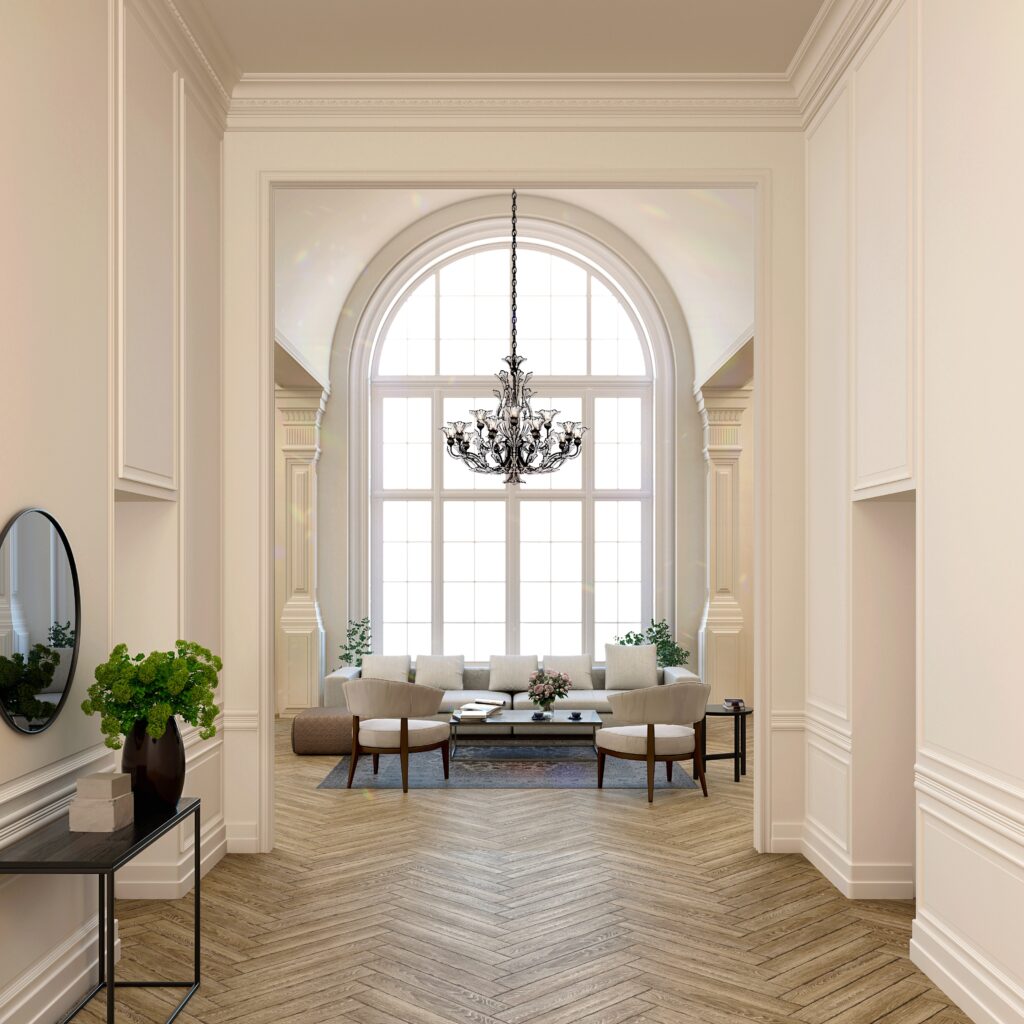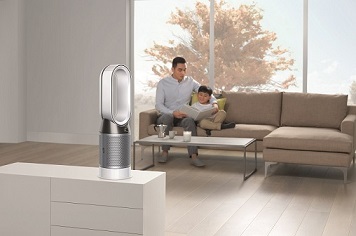As smaller living spaces become the norm, people around the globe who want the convenience of an apartment and the security of home ownership are often opting for privately-owned apartments through the condominium or strata model.
Naturally, that comes with a larger financial investment, and very often requires a mortgage, possibly secured using something like a HDB housing loan.
But remember that just because you own the joint doesn’t mean you can do whatever you want to it. Unfair, possibly, but true. So if and when you get the renovating bug, or if you plan to buy now and renovate later, take a look at these tips:
Ask questions
Ask the building manager what restrictions exist. Sometimes, residents need the okay for something a simple as nails in walls. Get written approvals where necessary. Find out if you need permission from a local planning committee, or if a building permit is required.
If it’s a question of moving or removing walls, be prepared to be turned down. That makes sense. You can see, for example, how it wouldn’t do to let a resident take down a wall that was tied to the building’s structural integrity. Likewise, exterior changes to windows and balconies may not be allowed if they’re seen to disturb the uniformity of the block.
Be realistic
For example, you can improve heating and cooling in an apartment, but you’re mostly limited to stand-alone solutions. Having said that, consumers now have so many options for in-home air-filtering, cooling, and heating—from price points that range from Ikea to Dyson.
Think about circulation as key to healthy air. Open your windows when the temperature and air quality cooperate. Install ceiling fans where you can.
Easily-installed heat-producing treats like plug-and-play electric stoves take the chill off the draftiest spaces, while plug-in towel warmers turn the bathroom into a spa.
In décor, carpets can add instant warmth and colour to a room, and have the added benefit of muffling sound, including when they hang on walls. Choose all-wool options and you’ll be incorporating another air-cleaning feature.
Window coverings can be especially important in condos with lots of glass. In fact, they can reduce summer heat gain by up to 77 per cent, and reduce heat loss in winter. Invest in the best you can. Use your awning if your building has them.
Be a good neighbour
Tell your neighbours ahead of time about renovations. Be clear about how long it will take, how many hours/which days it may go on, and what kind of noise will be involved. Check ahead of time with the building manager that your plans don’t contravene building rules. Look into how you dispose of renovation waste.
Can you refresh, rather than renovate?
There are lots of ways to add style and personality to an apartment, and many of them are fast and affordable. Consider that:
Repainting or papering walls has huge design ROI. For extra oomph, do something fun, like vertical stripes to make a room seem taller. For a sense of cohesion, use the same colour on walls, ceiling, and trim. If that’s too much for you, tint ceiling paint by at least 20 per cent with the same colour as walls.
Injecting bright colours in small doses creates a mood. Reds, golds, yellow, orange, and other spice shades have been conventional kitchen favourites and pair nicely with warm wood and brick tones now trending, but moodier blues and greens are making their way onto kitchen walls and cabinetry. For the bedroom, look to calming tones—blue greys, warm clays, or one of the newer bronzed browns that are emerging.
Changing up lighting affects every aspect of design. If there are system issues, make sure work is done by a licensed electrician. Otherwise, consider a new floor or table lamp, possibly one that’s works on circadian rhythm, or smart bulbs to control lighting throughout the day. Add a touch of elegance with a chandelier; but create some interesting design tension by choosing an antique look for an otherwise contemporary space, and a streamlined modern piece for an ornately traditional room.

Transforming the kitchen can be done through small steps. Splurge on new linens or table napkins. Wash the walls and switch up art. Edit your counter-top and leave only essential items there. Consider cordless options in cheery tones. Start an indoor garden on a vintage bar cart in a sunny corner. Add display space with an inexpensive open storage unit. Lay down a patterned vinyl floor mat by the sink for a extra comfort under foot.
Adding more storage makes it easier for everything to have its place. Options include freestanding storage units, adding some fixed storage units such as extra kitchen cabinets or shelves, or kitting out a wardrobe—vintage of you can get it—as a dressing space in the bedroom, or a spot for coats and hats by the entrance.
Featured pic Ketut Subiyanto from Pexels
This is a collaborative post. It was not reviewed prior to publication.





